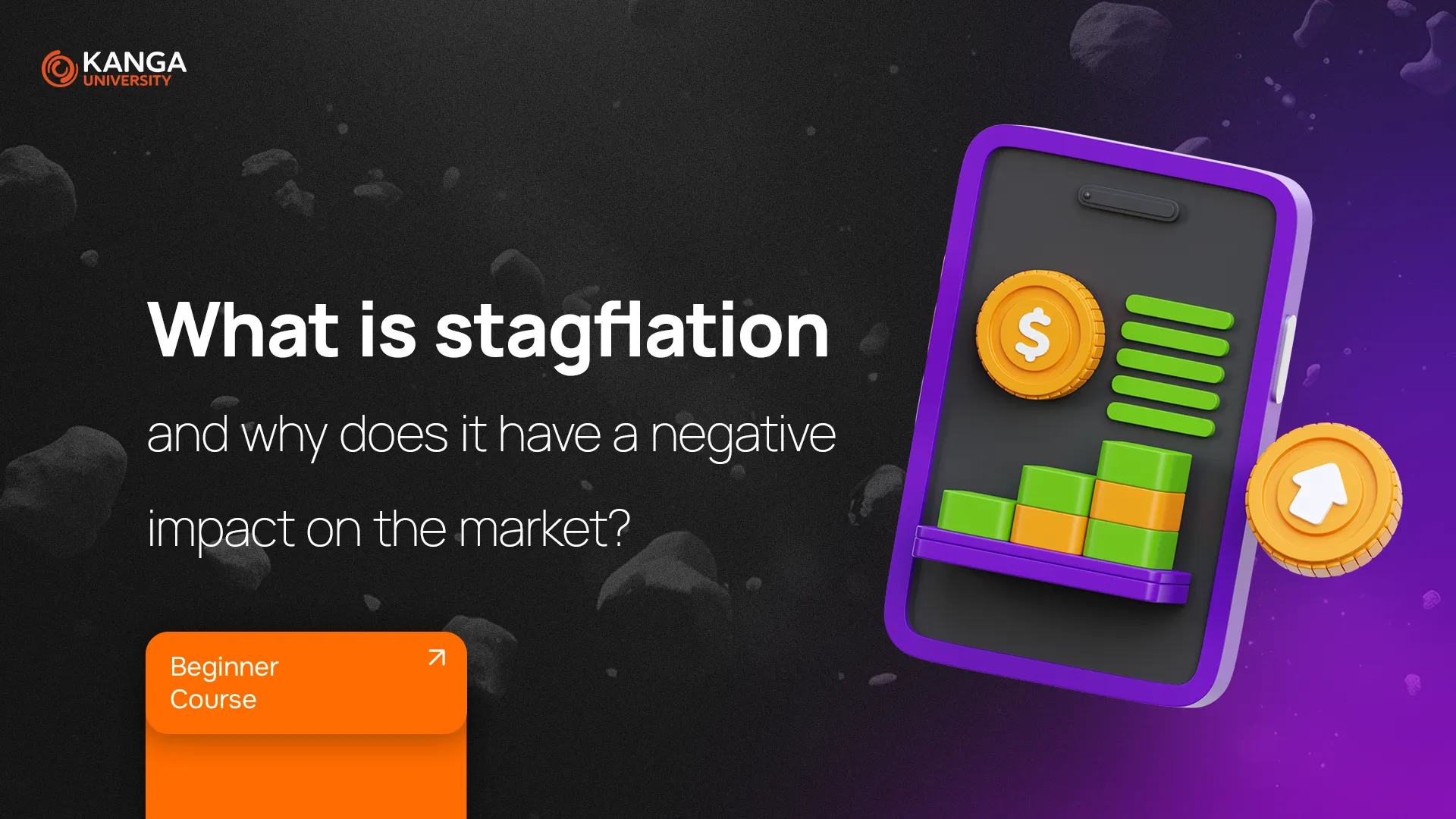
Hello! Today, we’re diving into stagflation—a phenomenon you might not have heard much about, but which has a huge impact on the economy and our everyday financial decisions. In this lesson, we’ll explain what stagflation is, its causes and effects, and why it is so challenging to control.
What Is Stagflation?
Stagflation is an alarming economic cycle characterized by a combination of three key factors:
- Economic stagnation: Slow or no growth in GDP, meaning the economy isn’t expanding.
- High inflation: Rising prices for goods and services, which erodes the purchasing power of money.
- Increased unemployment: More people lose their jobs or struggle to find work.
This combination—low economic growth, rising prices, and high unemployment—makes stagflation one of the toughest challenges for policymakers. Every attempt to curb inflation might further deepen stagnation or boost unemployment, creating a very complex situation.
How Does Stagflation Occur?
Main causes of stagflation
-
Oil price shocks:
In the past, especially during the oil crisis of the 1970s, a sudden spike in oil prices increased the costs of transportation, production, and distribution. This led to higher prices for many products and services while simultaneously hindering economic growth. -
Poor economic policy:
Ineffective and often overly restrictive market regulations, coupled with policies that fail to adapt to changing conditions, can contribute to economic stagnation. When a country pursues misguided strategies, inflation can rise while the economy remains stagnant. -
Monetary factors:
The absence of a solid commodity backing for the currency, mismanagement of the money supply, or an overly loose monetary policy can lead to currency devaluation. Combined with other factors, this triggers stagflation.
How Stagflation Works
During stagflation, the economy experiences three critical issues simultaneously:
- Economic stagnation means very little or no growth in GDP, causing businesses to falter and unemployment to rise.
- Inflation drives up the prices of goods and services, reducing consumers’ purchasing power.
- Rising unemployment results in falling wages and lower consumption, further weakening economic momentum.
As a result, both investors and businesses suffer—evident in the poor performance of stocks and bonds.
A Quick Summary of Stagflation Causes
Economists generally point to several key factors behind stagflation:
- Excess money supply: Too much money in circulation devalues the currency.
- Loose monetary policy and low interest rates: Easier access to credit boosts demand, which in turn drives up prices.
- Rising production costs: Higher costs for raw materials, energy, or wages lead to increased product prices.
- Budget deficits: Financial troubles in a country can force governments to print more money.
- Tax burdens and monopolies: These can also contribute to rising prices.
Effects of Stagflation
Stagflation has far-reaching consequences for the economy and society:
- Reduced purchasing power: The same amount of money buys fewer goods and services, lowering living standards.
- Decreased savings value: People notice that their savings lose purchasing power over time.
- Economic instability: Uncertain growth hinders planning for investments and business expansion.
- Social tensions: High inflation combined with unemployment can lead to protests and reduced motivation for change.
- Labor market issues: Workers may demand higher wages, further increasing production costs and exacerbating inflation.
Preventing Stagflation
There is no one-size-fits-all solution to stagflation, but economists suggest several key approaches:
- Boosting economic productivity: Investing in modern technologies and education can help accelerate economic growth.
- Tightening monetary policy: Stricter monetary policies can help control inflation.
- Effective fiscal management: Responsible fiscal policies reduce the need to print extra money.
Implementing these solutions is challenging in practice, and every intervention must be carefully considered to avoid worsening other aspects of the economy.
Summary
Stagflation is a complex economic phenomenon that combines low growth, high inflation, and rising unemployment. Its emergence significantly reduces the purchasing power of money, devalues savings, and can lead to social unrest. Understanding stagflation, along with its causes and effects, is crucial for making informed financial and economic decisions.